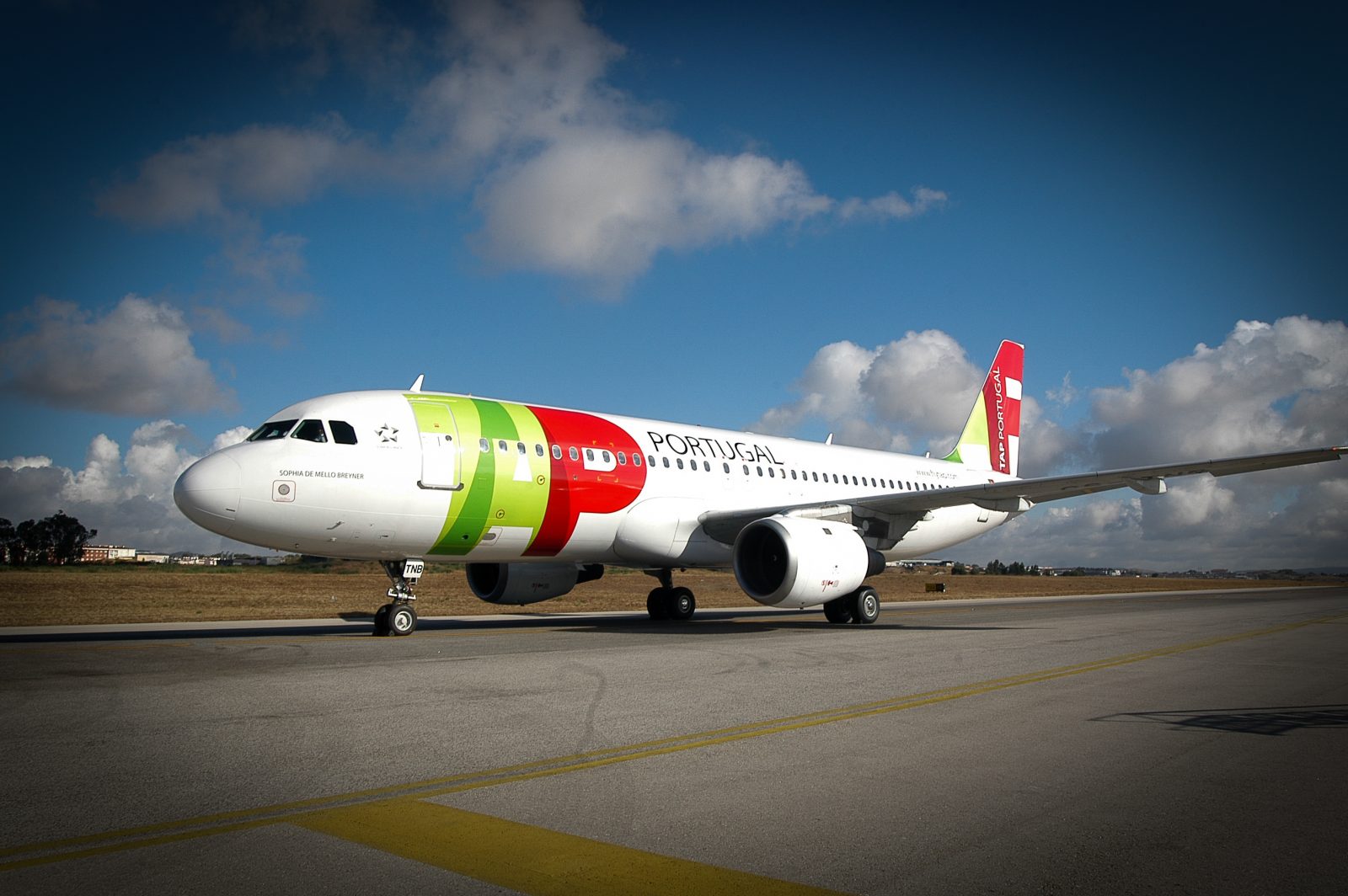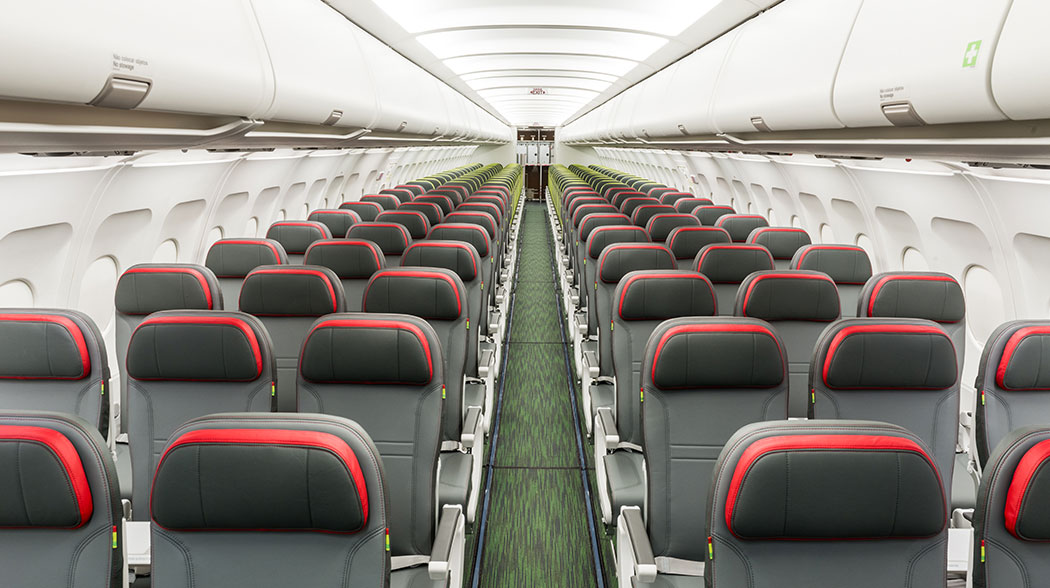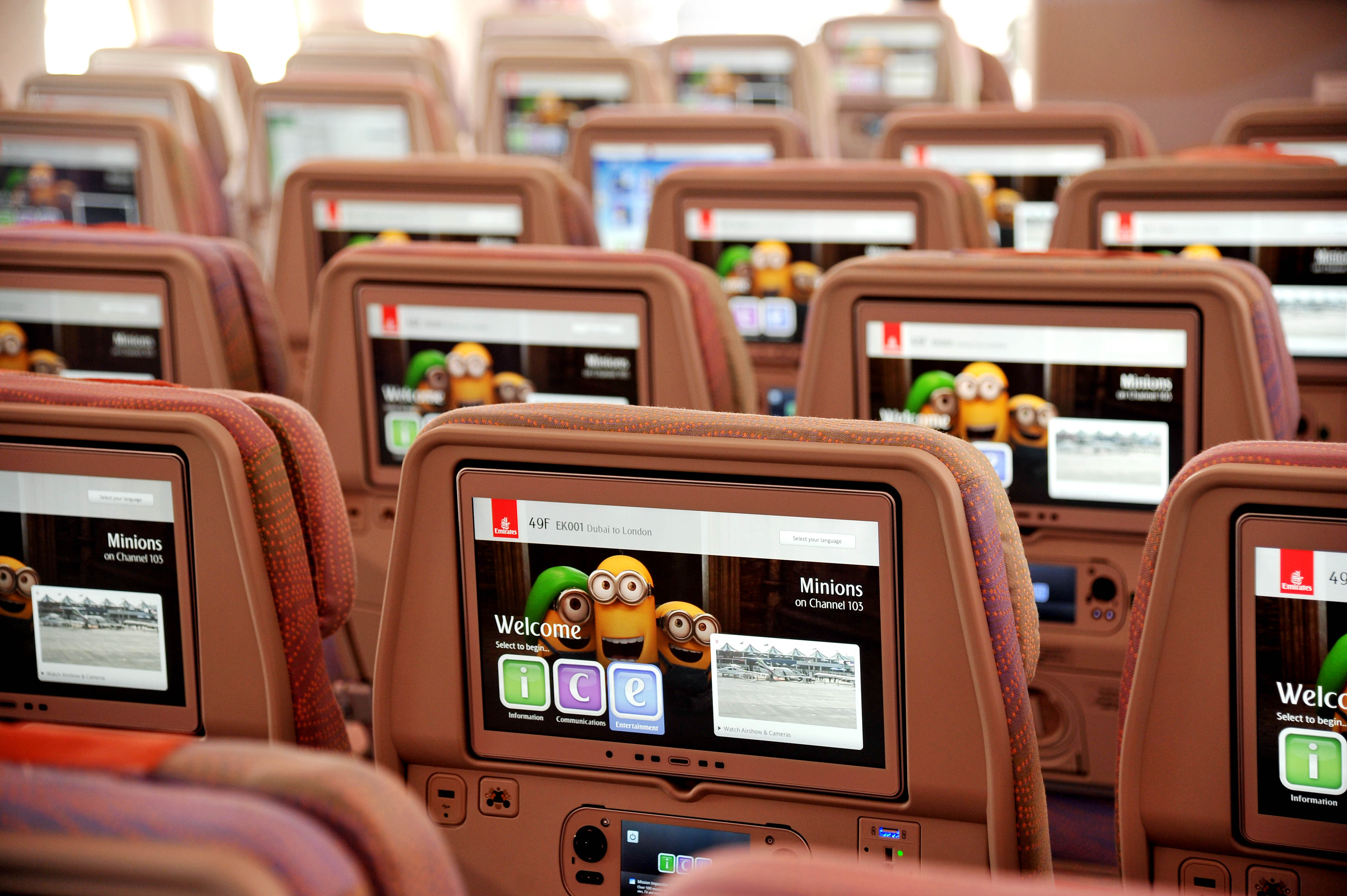
There’s never been a better time to be an airline passenger. At least, that’s what airlines have concluded as an increasing number try to make an exact science out of measuring passenger satisfaction – and apparently, despite what you might believe about the state of the aviation industry, satisfaction levels are actually going up.
You see, shrinking seats, tiny toilets and a whole plethora of ancillary fees that seek to nickel and dime us are just part of a much bigger equation.
An on-time departure and even more importantly, an on-time arrival are high up there on the list of things that really drive passenger satisfaction – hence why boarding seems to get earlier and earlier in a desperate attempt to mitigate any pinch points that might lead to a delay.
So too, are the cabin crew – in fact, according to industry trade body IATA, flight attendants are both one of the top drivers of customer satisfaction, as well as one of the biggest causes for customer dissatisfaction. And what airlines try to do is measure not only total satisfaction levels but also individual elements that could affect the result.

You’ve no doubt received a survey at the end of the flight which is trying to do exactly this. You rate your experience on how likely you would recommend flying with airline X or Y on a scale of 1 – 10. Other questions then hit upon individual touchpoints in the customer journey to see what might have had the greatest impact.
This isn’t anything new – the survey’s form part of what’s called the Net Promoter Score (NPS) and that’s something that’s been used across industries for years. But airlines have really embraced NPS in the last few years and are putting the survey methodology front and centre of improving the passenger experience.
The beauty of measuring NPS is that you can try small changes to see what will bring about the biggest improvement – you don’t necessarily have to spend a fortune to improve customer satisfaction. After all, boarding a plane early isn’t going to cost anything, whereas giving out free food and drink will – but if the end result is the same, then you can guess which option an airline is going to choose.
But the funny thing about measuring NPS in this way is that one touchpoint could have a ripple effect across many others. When Spanish airline Iberia revealed earlier this year that NPS on its flagship Madrid to New York JFK route had improved by 10 points the answer was pretty obvious – the airline had recently deployed its brand new and state of the art Airbus A350 aircraft on the route.

The plane features the latest seatback entertainment, new seats, subtle mood lighting, and an overall more pleasant cabin environment – all of which created a ‘halo’ effect across the entire passenger journey.
And here’s another case in point. Today, the chief executive of TAP Air Portugal revealed that Coca-Cola apparently tastes better at 35,000 feet when customers have access to free onboard connectivity. Clearly, the Coca-Cola being served on WiFi connected planes is no different than what’s being served on older aircraft but the halo effect from free WiFi is rippling across to how passenger perceptions of the food and beverage offering.
Speaking at a passenger experience conference, Antonoaldo Neves chief executive of TAP Air Portugal revealed that NPS on the airline’s fleet of A330 and A320 family aircraft was sitting at a very poor -40 in 2016. Now, with the introduction of connected planes with WiFi, free messaging and access to streaming content and digital magazine, NPS scores are coming in at +56. That’s quite the improvement.
Similarly, we’ve even seen airlines offset the decline in satisfaction from cramming more seats on their planes by providing seatback entertainment options that distract passengers. It’s pretty much universally agreed that configuring a Boeing 777 with 3-4-3 layout in Economy isn’t a great move for the passenger experience – but airlines like Emirates have managed to do that without complaint because other touchpoints make up for the loss in one area.
So there you go… Free in-flight WiFI really does improve the taste of Coca-Cola – or at the very least, our perception of the tate.
Related
Mateusz Maszczynski honed his skills as an international flight attendant at the most prominent airline in the Middle East and has been flying ever since... most recently for a well known European airline. Matt is passionate about the aviation industry and has become an expert in passenger experience and human-centric stories. Always keeping an ear close to the ground, Matt's industry insights, analysis and news coverage is frequently relied upon by some of the biggest names in journalism.







